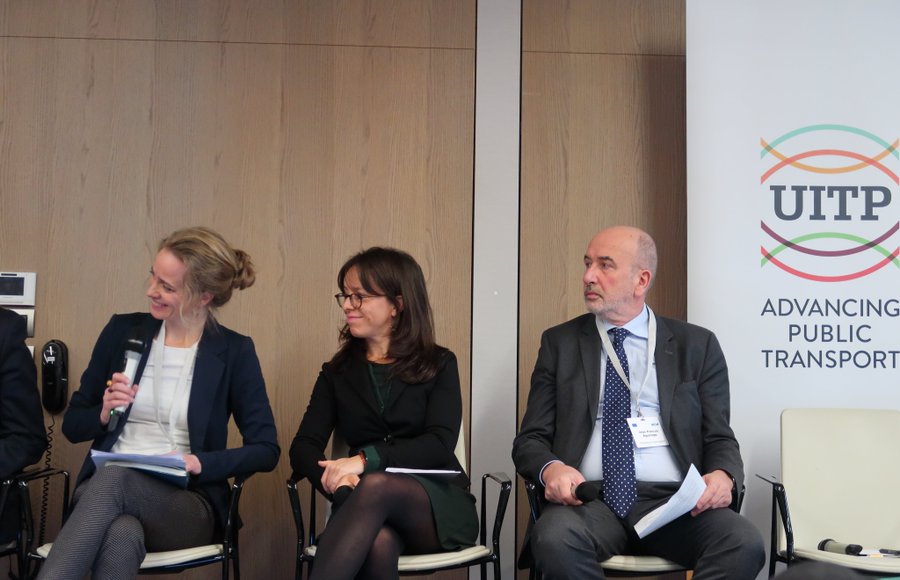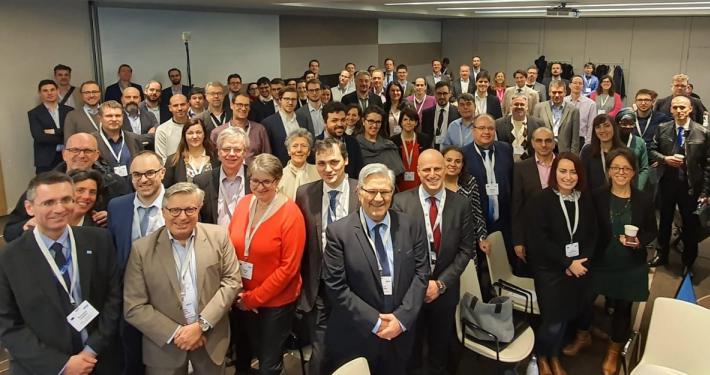A major milestone for automated vehicles (AVs) was reached at the end of January with the launch of the SHOW (SHared automation Operating models for Worldwide adoption) project. Coordinated by UITP, SHOW brings together 69 partners from 13 EU countries – including EPF – to support the deployment of shared, connected and electrified automation in urban transport across a four-year period.
SHOW is the biggest ever project piloting AVs in urban environments, with over 20 cities hosting demonstrations. The project has a budget of €36 million.
During the panel debate at the kick-off meeting, Delphine Grandsart (EPF) stressed that a critical success factor for autonomous mobility will be user demand.
We need to explore potential barriers & conditions for market uptake. New technologies are bound to stir emotion. A user-centred approach will help to
- foster adoption and acceptance of (new) mobility services and improve the overall travel experience, and
- make sure that these services are inclusive and accessible to all – considering the needs of persons with reduced mobility and other vulnerable to exclusion groups –, and to prevent that they cause inequality and widen the ‘digital gap’.
In addition, we need to think NOW about any unwanted effects and how to prevent them. For example, the introduction of automated vehicles could cause a modal shift AWAY from public transport, walking and cycling. If we are not careful, it could lead to more, instead of less, cars on the road, and hence more congestion. Or, automated vehicles could become, or remain, an expensive niche product for the happy few who can afford it.
We need to avoid a ‘technology push’. Technology is a means, not a goal. We should always keep in mind: is this what we really want? Can this solve a societal problem? Will it really contribute to our policy goals – sustainability, livability, inclusion, safety etc. – and if so: what are the conditions that need to be met? The deployment of AVs should be embedded in an integrated strategy for mobility, promoting the use of PT, walking, cycling and shared mobility.
To conclude, we need to:
- Reach out to citizens: really listen to them; actively involve them in R&I. Pilots and living labs are a good way to test and learn.
- Start from a user/city planner perspective to explore how connected, automated mobility can be an answer to the needs of the citizens and of society as a whole.




 Stay informed!
Stay informed!